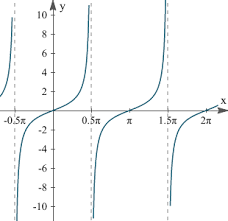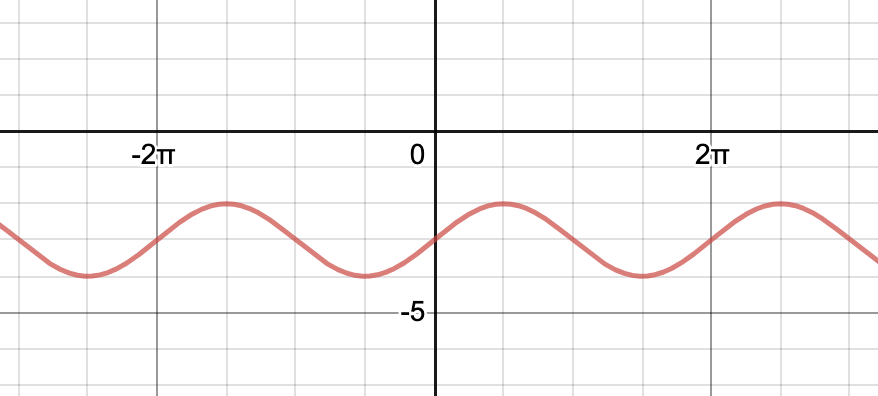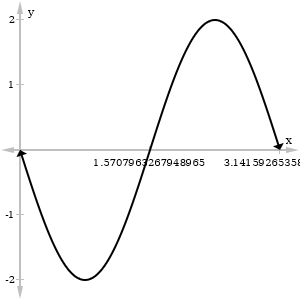part 1
What two quadrants can contain an angles that has a cos value of 1/2?
I and IV
The point
(-sqrt2/2, sqrt2/2)
is on the unit circle. Find cos θ.
cos theta = -sqrt2/2
The point
(-sqrt3/2, -1/2)
is on the unit circle. Find sin θ.
sin theta = -1/2
What is the amplitude and period of the following? f(x) = -8cos(5x - 4) + 7
What is Amp: 8, Period 2pi/5
name all the trig functions that have asymptotes
csc, sec, cot, tan
What is the period for each trig function with no transformations?
cot/tan: pi
sin/cos/sec/csc: 2pi
Name the ancient civilization that used trigonometry to create pyramids.
What are the coordinates on the unit circle of the angle
(7\pi)/6
?
(-\sqrt3/2,-1/2)
The exact value of
tan(120^@)
What is
-sqrt3
?
Find the exact value of:
sec((7pi)/4)
\sqrt2
Identify the phase shift of the following function:
f(x) = 2cos(x + pi/7)
shifted pi/7 to the left
find the asymptotes of:
y=3tan\theta
x=\pi/2+k\pi
The range of
f(x)=2cos(x)
-2 and 2
The word trigonometry comes from the Greek words trigonon and metron. Name the meaning of the word "trigonon"
What is the sin of an angle that contains an endpoint of (-8,15)?
15/17
Find the exact value of
csc(390^o)
2
Find the exact value of:
cos(990^o)
0
What is the period of the following trig function:
f(x)=-2sin(x/3-2)+4
6pi
find the asymptotes of:
y=cot(2\theta )
x=\pi/2k
Name the trig function graphed below:

tangent
Name the discipline of science that is accredited with the discovery of the sine and cosine function.
astronomy
What is the csc of an angle that contains an endpoint of (-1,-2)?
-\sqrt(5)/2
The exact value of
tan(-(13pi)/6)
What is
-sqrt3/3 ?
sec(-150^o)
Find the exact value of
(2\sqrt3)/3
2/\sqrt3
Identify the phase shift of the following function:
f(x) = 2cos(4x -2pi)
shift to the right
\pi/2
Find the asymptotes:
y= csc(\theta /3-(5\pi)/3)
x=5\pi+3\pik
2\pi+3\pik
Write an equation for the sin function: 
f(x)=sinx-3
The most ancient device found in all early civilizations is a 'Shadow Stick', which used the shadow to do what?
tell time of day
Find the remaining 5 trig functions of θ, given:
sin theta =5/13, pi/2<theta<pi
cos theta =-12/13,
tan theta = -5/12,
csc theta = 13/5,
sec theta = -13/12,
cot theta = -12/5
Find the exact value of:
2sin 45^o + 6cos 30^o
sqrt2+3sqrt3
Find the exact value of:
(sin 60^o) (tan 30^o)
(sqrt3/2)(sqrt3/3)=3/6=1/2
Describe all the transformations: (amplitude, period, phase shift)
f(x)=3/2sin(2x+3\pi)
amplitude change of 3/2
period is pi
left phase shift 3pi/2
Find the asymptotes:
y=sec(2x+(7\pi)/6)
x=-\pi/3+\pi/2k
What is the equation of the graph below?

y=-2sin(2x)
Name one of three mathematicians of the 17th and 18th century that are credited with the development of modern trigonometry during the western Age of Enlightenment.
Newton
Euler
Sterling